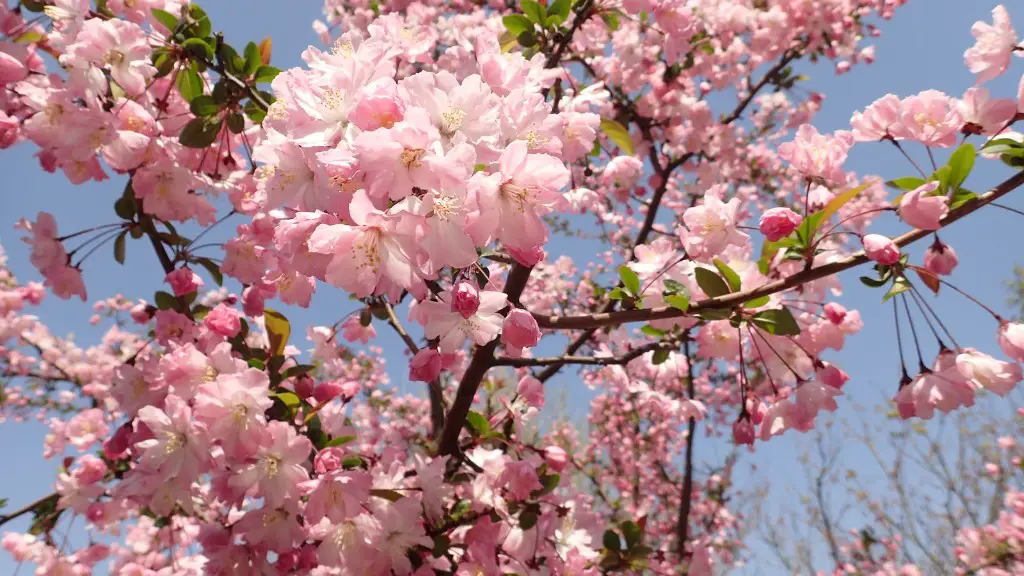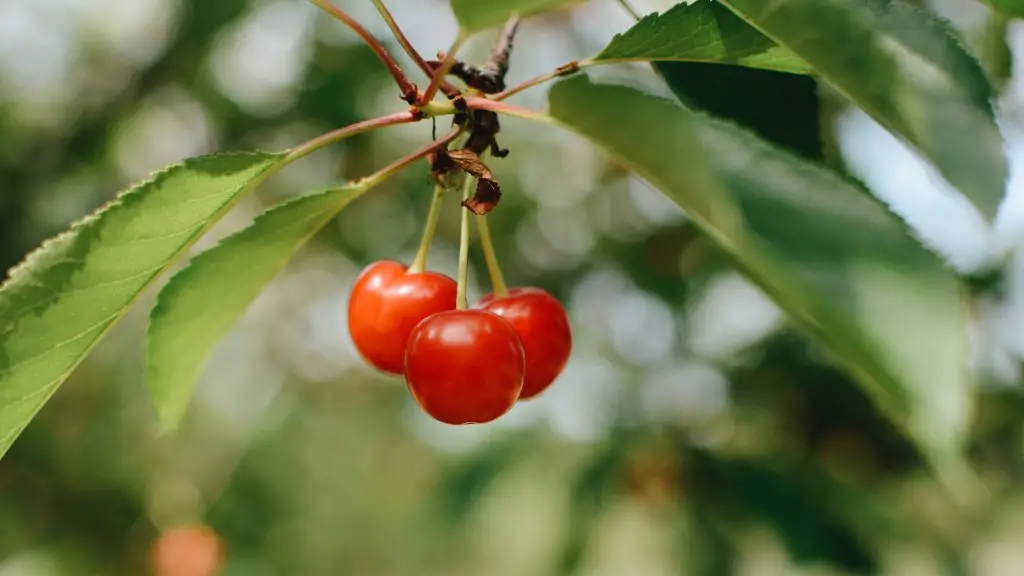Planting a dwarf lemon tree in one’s yard is rewarding – they produce delicious lemons and provide beautiful foliage. Picking the right size planter is just as critical as selecting the right tree. Here’s what you need to know to select the right planter for your dwarf lemon tree.
The pot size should be based on the root ball size of the tree. Dwarf lemon trees are available in 2 to 15 gallon sizes and their root balls vary from 6 inches to 1 foot. Pots should be 15 to 20 percent larger than the root ball size. You could use a 15-gallon pot for a 2-gallon tree or a 25-gallon pot for a 15-gallon tree. You should use pots with a drainage option, like holes in the bottom, as standing water can lead to root rot.
Leaving enough room for roots to grow is very critical. The tree can outgrow its pot if there isn’t enough space. The plant won’t thrive if its roots can’t access the soil. You can buy wide pots or add more potting soil to your pot to increase the root area. Similarly, planting the tree in a shallow pot constricts the root growth and stunts the tree’s growth. You should always use a pot with a depth at least twice the root ball size.
You should also consider the material of the pot. The material should hold up over multiple winter cycles. Clay and terracotta are fragile and prone to breakage in freezing temperatures. Plastic is lightweight, doesn’t break in cold temperatures, and is very affordable. Metal and fiberstone containers retain more heat and require more effort to move.
Another important factor is potting soil. The soil should be well-draining and consist of organic matter, such as coco coir, peat moss, and bark compost. It should also be light enough to allow enough oxygen to reach the roots. These soil mix elements help support the root system, provide the proper pH levels, and retain the right amount of moisture. Adding fertilizers to the potting mix provides extra nutrients for the plants.
Finally,container choice affects the evaporation rate of the potting soil. Low evaporation rates are best because as the plants lose moisture, they require more frequent watering. Choosing a pot with a lighter color helps reduce UV damage and does not absorb heat as quickly as darker colors.
Material for Planter
Choosing a pot made from the right material is important for the longevity of your tree. Clay and terracotta pots tend to break easily in cold weather. Plastic is a cheaper and more durable option, while metal and fiberstone containers hold more heat and are usually more difficult to move. If kept inside during the winter, however, metal and fiberstone containers are a viable option.
The material of the pot also affects the moisture levels in the soil. Clay pots are porous and help keep the soil more aerated due to the free exchange of water within. Meanwhile, plastic and metal pots both retain more heat, causing the soil to dry out faster. Terra cotta and fiberstone containers are usually heavier than the other materials and are more difficult to move, but they allow for more evaporation, which helps maintain healthy levels of moisture in the soil.
It is important to ensure that whichever material you choose, it is able to handle the environmental extremes such as frost, excessive heat, and precipitation that your tree may encounter.
Wooden planters are also a worthy choice, particularly if you are looking for a natural look in your garden. They are durable, although some need to be sealed in order to prevent water damage.
No matter what material you decide on, it is important to ensure it has drainage holes in the bottom. Too much water sitting around the plant’s roots can lead to root rot.
Size of the Pot
When selecting a pot for your dwarf lemon tree, it is important to size according to the root ball size of the variety you are planting. The pot should be 15 to 20 percent bigger than the root ball size of the tree. Using a pot that is too small will restrict the growth of the roots, leading to stunted growth of the tree. A pot that is too large will make the tree susceptible to excessive evaporation due to the extra soil mix.
The shape of the pot is also important. Long, tall pots can be used for trees that require more depth, such as citrus trees. Conversely, wide and shallow pots can be used for plants with a shallow root system. If a tree has a particular shape to its canopy, you may want to choose a pot with a similar shape to match it.
For large trees you may want to select a pot with wheels. This will make it easier to move the tree in order to mow the lawn or give it more sun or shade. Consider investing in a larger pot with wheels to save yourself a headache in the future.
Additionally, you should check the pots for any defects, such as cracks or weak spots. These weak spots can potentially cause the tree to become unbalanced, leading to a broken pot and potentially root rot due to excessive water leakage.
In short, the right pot size and material can have a huge impact on the health of your tree. Selecting the right size and shape pot, with enough room for root growth, that can handle the temperature changes of your climate can make all the difference for your dwarf lemon tree.
Potting Soil
In addition to selecting the right pot for your dwarf lemon tree, you must also choose the right potting soil. This is essential for providing your tree with the proper nutrients, aerating the root system, and providing proper pH levels.
The potting mix should consist of organic matter such as coco coir, peatmoss, and bark compost. This is important to create an environment where the roots can grow, while providing enough air circulation to prevent waterlogging and nutrient loss.
The mixture should also be porous enough to maintain healthy levels of moisture. You may want to add fertilizers to the mix for extra nutrients. However, it is essential to follow the manufacturer’s instructions for proper use.
When planting your tree, it is important to make sure there are no large chunks of soil in the mix as this can reduce drainage. Additionally, if you plan to move your pot often, it is important to make sure the soil is not too heavy. This will prevent your tree from tipping when moved.
Selecting the right potting soil is essential for a healthy dwarf lemon tree – it must hold the right amount of air and moisture, while providing the proper nutrients for the tree to thrive.
Position of the Pot
Positioning the planter is also a critical step when planting a dwarf lemon tree. Dwarf lemon trees need full sun to grow to their fullest potential, so it is important to place the planter in an area that receives at least six hours of sunlight each day.
It is also important to have the right temperature for your tree. Dwarf lemon trees need temperatures between 65 and 85 degrees Fahrenheit for optimal growth. If you live in a cold environment, ensure that your planter is placed in an area sheltered from the coldest winds. Additionally, planting your tree in the ground or a black nursery pot can help the soil retain more heat.
Finally, if you plan on having your tree with you for a long time, make sure you place it in an area where it is easily accessible. It is important for you to be able to easily water and inspect your tree for signs of pest or fungi.
In short, when selecting the right position for your dwarf lemon tree, it is essential to consider its need for sunlight, heat, and accessibility. This will maximize the growth of your tree and ensure it is healthy for the longest period of time.
Planter Decorating
Once you have chosen the right pot and soil for your dwarf lemon tree, you can add a personal touch to the planter. Decorative items such as decorative stones and sticks can add a more polished look to the planter and give it a natural and inviting look.
Decorative stones can be found in many different shapes, sizes, and colors, which can create a unique look for your planter. You can also add plants and small trees that match your dwarf lemon tree, such as bougainvillea and rosemary. This will help the planter blend in with the environment and create a picturesque landscape.
Adding a trellis to the planter is also a great way to provide extra support for the lemon tree. This also helps to break up the soil and prevent potential root rot as the tree grows larger. This will also give the tree more space to grow and spread out its branches more.
Finally, you can also add additional plants and accessories to the pot. Perhaps you could decorate with a bird bath, solar lights, and plants with colorful flowers. This will give the planter a more polished and beautiful look.
In short, decorating your planter is a great way to give your dwarf lemon tree’s pot a more personal and finished look. From adding decorative stones to adding a trellis and plants, the possibilities are endless.




